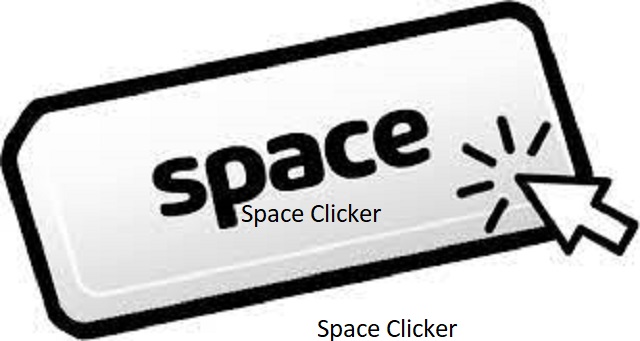Creating or excelling in a space clicker game, whether from a development perspective or as a player, involves understanding the mechanics and strategies that make these games engaging and enjoyable. A space clicker game is a subset of incremental games where players perform simple actions (like clicking) to earn points or currency, which are then used to purchase upgrades or items. These, in turn, enhance the player’s ability to earn points more efficiently. The space theme often adds a layer of exploration and adventure, involving elements like planets, spaceships, and galaxies.

Development Strategies for a Space Clicker Game
When developing a space clicker game, consider the following components to create a captivating experience:
1. Engaging Core Loop
The core gameplay loop is the foundation of your game. It involves the actions that players will repeatedly perform throughout their experience. Ensure that this loop is satisfying and rewarding. For a space clicker, this might involve the act of exploring new planets or mining resources from asteroids with each click.
2. Visual and Thematic Cohesion
Space offers a vast canvas for imagination. Use vibrant visuals and consistent thematic elements to create an immersive experience. Elements like nebulas, distant galaxies, and alien species can add depth and intrigue to your game. Incorporating visually appealing animations and effects for clicks and upgrades can also enhance player satisfaction.
3. Progression and Unlockables
A well-designed progression system encourages players to continue engaging with the game. Implement a variety of unlockables, such as new spaceships, technologies, or even new areas of the galaxy. Each unlockable should feel meaningful and impact the gameplay in noticeable ways.
4. Balancing Economy and Upgrades
Balancing the game’s economy is critical. Players should feel challenged but not frustrated by the cost of upgrades relative to their earnings. Design the upgrade system in a way that rewards strategic planning and investment, encouraging players to think about the best way to allocate their resources.
5. Idle Mechanics
Incorporate idle mechanics to allow for passive progress. This feature is essential in clicker games, enabling the game to continue generating resources even when the player is not actively engaged. However, active play should always be more rewarding to encourage regular interaction.
6. Social Features and Competitiveness
Adding social features, such as leaderboards or the ability to visit and compare galaxies with friends, can significantly enhance player engagement. Competitive elements, like races to explore certain parts of the universe or collaborative events to defeat galactic threats, can also add depth to the game.
Strategies for Playing Space Clicker Games
As a player, success in space clicker games often comes down to efficient strategy and understanding game mechanics. Here are some tips to excel:
1. Optimize Your Clicks
Initially, your primary action will be to click for points or resources. Look for upgrades that increase the value of each click early on to maximize your earnings.
2. Strategic Upgrades
Focus on upgrades that will benefit your long-term progress. This might mean prioritizing those that increase your passive income over those that provide immediate, but smaller, boosts.
3. Balance Active and Passive Play
While active clicking is important, building up sources of passive income is crucial for long-term progress. Investments that yield resources while you’re away from the game can significantly impact your advancement.
4. Set Milestones
Setting goals or targeting specific achievements can guide your strategy and provide motivation. Whether it’s unlocking a new spaceship or reaching a particular planet, goals help structure your gameplay.
5. Leverage Events and Special Offers
Many space clicker games feature limited-time events or offers that can accelerate your progress. Participating in these can provide substantial rewards, so take advantage of them whenever possible.
6. Experiment and Learn
Each game can have its unique mechanics and strategies. Don’t be afraid to experiment with different approaches to find what works best. Learning from the community or guides can also offer insights into effective strategies.
Conclusion
Whether developing or playing a space clicker game, the key is to engage with the core mechanics in a way that is both enjoyable and strategic. For developers, this means creating a game that balances challenge with reward, offering a progression system that keeps players engaged over the long term. For players, success lies in optimizing strategies, balancing active and passive gameplay, and making the most of the game’s features. By understanding these dynamics, anyone can enhance their experience with space clicker games, either by creating captivating worlds for others to explore or by navigating these digital galaxies with expertise.
